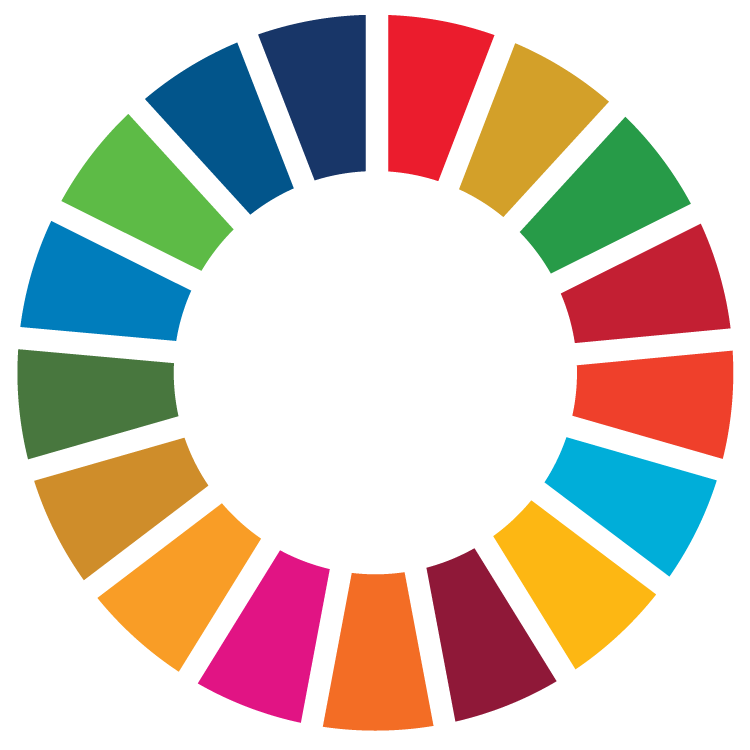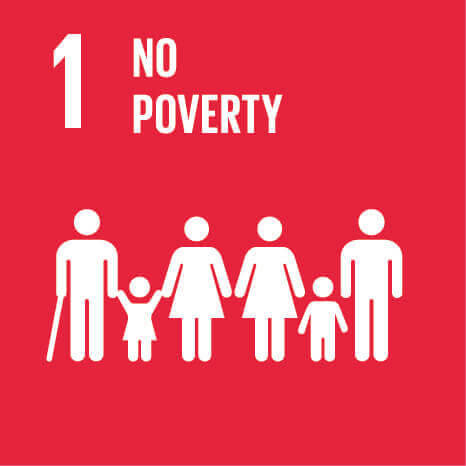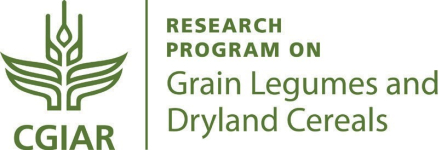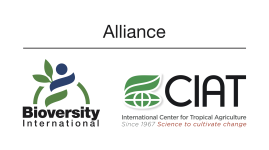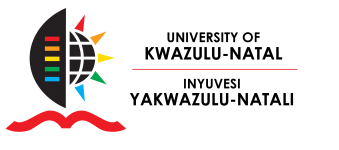Common bean improvement research helps to reduce poverty for 2.5 million families in Ethiopia
Published on: April 6, 2021, Submitted by Jake Carampatana on: April 6, 2021, Reporting year: 2020
Recent Alliance-led research has significantly impacted Ethiopia’s bean sector including breeding, seed systems, varieties grown, and farmers’ welfare. The research has released over 60 varieties adapted to all agro-ecological zones over time. Generally, adoption of improved varieties has benefited close to 2.5 million farming families, enabling them to enjoy extra consumption spending on food and non-food items worth USD 119 (PPP) per person per year, and by USD 217 (PPP) for those families that combined varieties with fertilizers.
New drought-resilient white beans – most commonly used to make baked beans – will be deployed to Ethiopia, as erratic weather threatens national production and farmers’ incomes.
In Ethiopia, beans provide essential nutrition and income for nearly 4 million smallholder farmers who largely live hand to mouth. “White gold” beans are a nutrient-rich and drought-resilient baking variety that can be canned and exported, fetching farmers three times more income than other common crops such as maize. The Alliance of Bioversity International and International Center for Tropical Agriculture (CIAT) has a long history of conducting bean improvement research in Sub Saharan Africa; in Ethiopia releasing 60 improved varieties (such as the “white gold” beans previously mentioned) since 1970. With favorable traits that enable farmers to survive climate and market shocks while also feeding their families, these improved beans have now been adopted by approximately 2.5 million farmers, covering up to 65% of the total national bean area. These improved varieties, combined with farmer training on best management practices, significantly increased yields from an average of 0.5 ton/ha in 2004 to 1.6 tons/ha in 2016. For farmers, this has translated to increases in food and other important expenditures by as much as USD 217 per person per year.
In Ethiopia, common bean (Phaseolus vulgaris L.) is grown by nearly 4.0 million smallholders in low and mid-altitude areas. In these regions, families struggle to make a living from agriculture under uncertain climatic conditions and land scarcity. The majority live from hand to mouth; therefore, they prefer beans with quick maturing properties to fill income gaps when other crops have not yet matured. However, they are unable to overcome production constraints and produce enough beans for home consumption and sale. They have limited off farm employment opportunities and their landholdings are small (approximately 2 ha), requiring land productivity-enhancing technologies to reduce poverty. The Alliance of Bioversity and CIAT has been conducting bean improvement research in Sub Saharan Africa in collaboration with National research Institutes to increase productivity. Ethiopia is a big beneficiary of this collaboration, releasing 60 improved varieties since 1970 (6). Some 36 of these 60 high yielding resilient varieties are either lines or crosses with the CIAT materials (6). The program achieved its most significant outcomes when it expanded to include wider dissemination of improved varieties. In 2003, CIAT spearheaded development of a framework for wide dissemination of improved bean varieties through public-private partnerships for bean research in Ethiopia (4, 5). This framework has transformed bean seed systems from a centrally formal seed delivery to a decentralized multi-stakeholder systems. ‘Quality declare seed’ emerged as a new channel of variety dissemination from research to farmers. The national capacity for certified seed production grew from less than 2000 tons in 2007 to 6000 ton per year in 2018. This success in seed multiplication has facilitated diffusion of higher yielding and resilient varieties to millions of farmers (3, 2). About 2.5 million bean growers have replaced their traditional landraces with improved varieties, which now cover up to 65% of the total national bean area (2). Extensive adoption of high yielding resilient varieties and farmers’ learning about good management practices has fueled yield growth from an average of 0.5 ton/ha in 2004 to 1.6 tons/ha in 2016 (1). The additional production from yield gains has helped 2.1 million families who adopted improved varieties alone to enhance consumption spending on food and non-food items worth USD 119 (PPP) per person per year; an additional 398,353 farming families who adopted improved varieties in combination with fertilizers increased consumption by USD 217 (PPP) per person per year (1, 20).
Stage of Maturity and Sphere of influence
-
Stage of Maturity: Stage 2
-
Contributions in sphere of influence:
1.4.3 - Enhanced genetic gain
2.1.2 - Increased access to diverse nutrient-rich foods
Acknowledgement
This work is supported by the CGIAR Research Program on Grain Legumes and Dryland Cereals.
